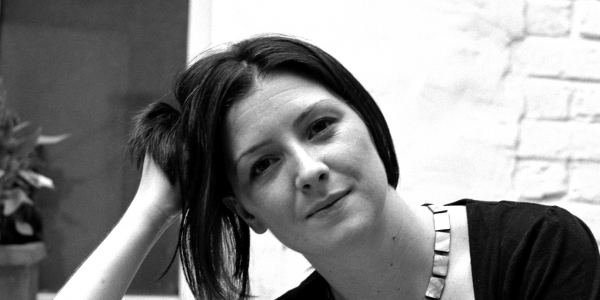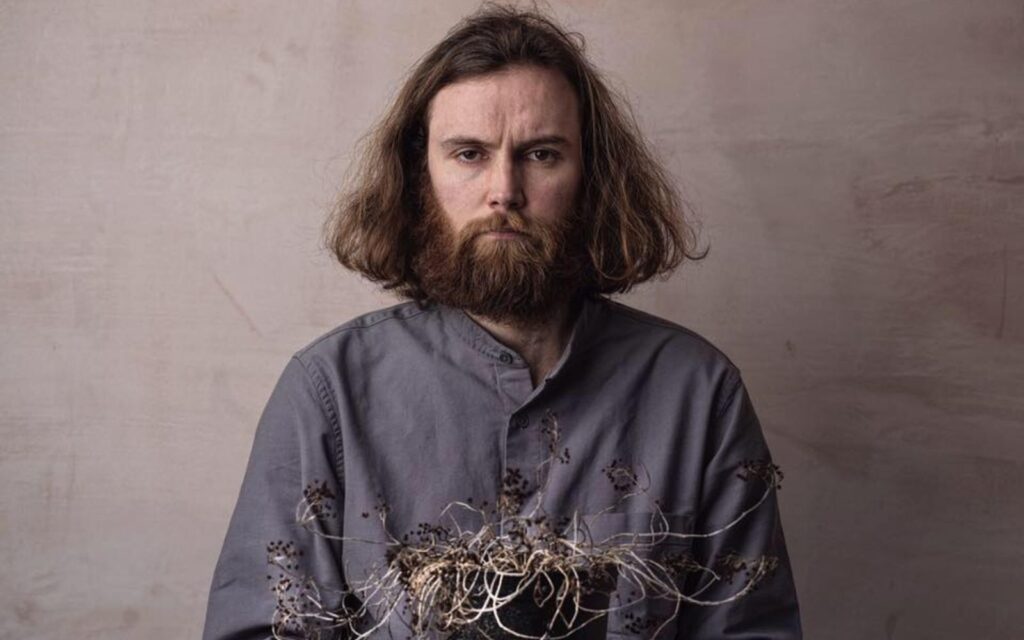“We’re looking at all of the different ways that you can tell stories, be it in the more familiar forms that people are already used to – whether that be novels, short stories, straight-forward journalism, and then we’re expanding that to look at the other ways we can tell stories, whether that’s to each other, orally or whether it’s through social media or the way that we use calligraphy or typography, whether it’s through music and lyrics or poetry.”
As blogs, Facebook and Twitter take over as our main sources of information; it’s inevitable that a writers festival will head in a direction that explores technology-based storytelling mediums. Although other international festivals have been moving along a similar path, Niven says that the Melbourne festival is unique because of the youthfulness of its audience, which makes exploring other media forms all the more relevant. “A third of our audience are under 35 which is pretty unusual for a writers festival so that means that we’re able to respond in different ways.”
The program is broken up into 12 categories – Big Ideas, Digital and Journalism, Film and Television, Food and Wine, Fiction, For Children and Young Adults, Graphic Novels and Illustration, History Politics and Ideas, Keynote Events, Music and Performance, Professional Development and Walks. The last category is based on tours around Melbourne to learn about its eclectic bookshops, publishing houses and overall literary culture. “Melbourne is really enhanced by the amazing diversity of independent publishers. It’s a rich literary culture and I think our festival sits neatly in the middle of all of that,” says Niven.
Aside from the prolific novelists like Freedom and Corrections writer Jonathan Franzen, Niven is excited about many more of the writers in the program. “Richard Flanagan, who I think is one of Australia’s most interesting writers, he hasn’t been in the writer’s festival for some years so it was long overdue that we invited him back and he’ll be delivering the closing address at the festival.”
And then there are a multitude of others. “I think some of the women who are in our Big Ideas series this year are very exciting – Mona Eltahawi, she is an Egyptian-American writer. This year she’s been writing a lot on the Arab Spring. She’s fabulous, very interesting and contemporary. She writes a lot about social media so I think she’ll be really interesting. Malalai Joya – she’s an Afghani politician which is quite unusual for a woman and she’ll be looking at the fact that our festival falls almost 10 years to the day after 9/11 so she’ll be looking at the global politics and where we stand 10 years on.”
The program has a balanced mix or international and local talent, but Niven says that it was very important to the directors to showcase the abundance of Australian writers. “There’s a lot of new fiction from Australian authors like Kate Grenville, Gail Jones, Malcolm Knox, Marion Halligan,” she lists.
The program is also split into specific genres. There are, for example, illustrators like Shaun Tan, who won the Oscar for his short animation The Lost Thing and other graphic illustrators such as Bruce Petty, Ron Tandbeg, Oslo Davis, Andrew Weldon, Mandy Ord and ‘cartooning god’ Jim Woodring. “And same with crime fiction too. This year we’ve got Lynda La Plante and Michael Robotham, some of these huge names of crime fiction, which is another way the festival has become more inclusive by having more crime and more genre fiction,” says Niven.
There are also many great resources for aspiring writers in the festival. “We’ve got a really extensive professional development program which is great if you’re an emerging writer, but also if you’re mid-career or even quite established,” says Niven. “We’ve got lots of sessions on writing for different forms, so things like poetry and fiction and non-fiction. There’s one particular session, a day-long set of programs that are really great for emerging writers and the day is called A Book’s Journey. It’s divided in two halves (morning and afternoon) So in the morning we’ll look at what resources and what organisations there are in Melbourne to help you get started as a writer and we’ll look at the relationship between authors and editors, all the different people who can help you when you’re at the beginning. And then in the afternoon, we’ll look at what happens once you’ve finished the book – where you go next. It will give a really comprehensive overview of what it means to be a writer and what happens if you’ve got a book in mind, what would be the process, from start to finish to getting it published.”







